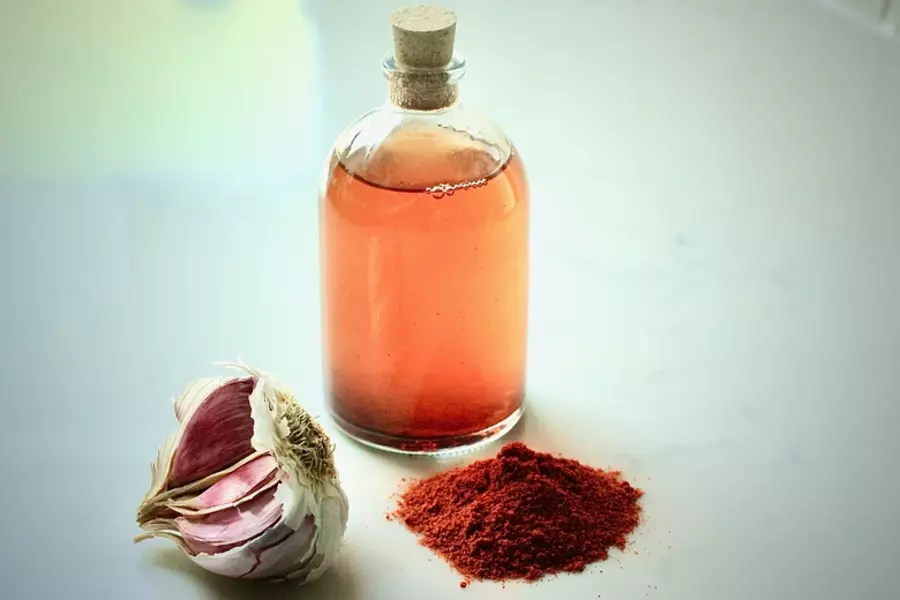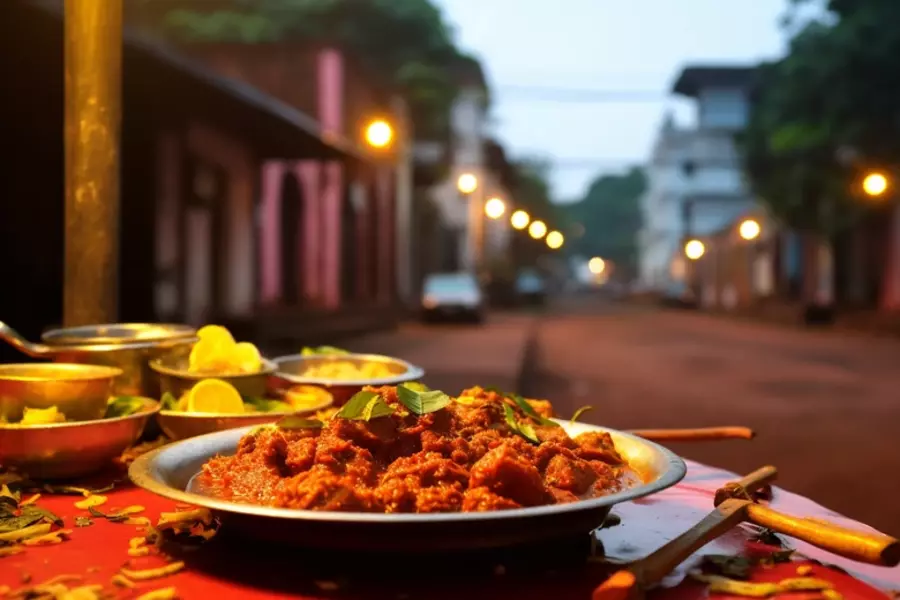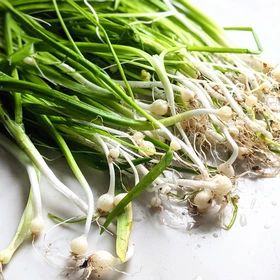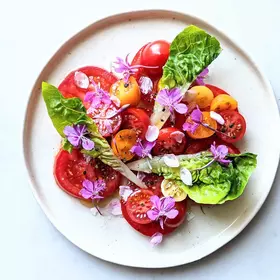The vindaloo has a fearsome reputation for being very, very spicy. It originates from Goa, on the west coast of India, and when I visited there several years ago I was keen to find out what an authentic one tastes like and how it compares to the fire-breathing concoction that can be found in Indian restaurants across Britain.
Over the course of a week I sampled vindaloo from a number of different restaurants, and I was surprised to find that none of them were particularly fiery, although they were certainly rich, tangy, and generously provisioned with fragrant spice. These curries were medium-hot at most, accessible to all but the most chilli-sensitive palates. I was confused – why are they so spicy in curry houses back home? Why is the vindaloo so misunderstood? I was raised on the assumption that it was one of the hottest curries on the menu, and was off limits to all but the most fearless and masochistic chilli addicts. After eating proper vindaloo in the region of the dish's birth, it seemed to me that the vindaloo was never meant to be much spicier than the average curry on the menu, and that its evolution to hot-and-spicy notoriety was somehow a western phenomenon.

Indian, and Portuguese
Goa is a former Portuguese colony, which is evident when visiting the state's capital Panaji and surrounding area, where the architecture has a European feel to it and there are a few notable large and imposing catholic churches. Red wine shipped to Goa from Portugal had often turned to vinegar on the long voyage around Africa and across the pacific ocean, and this vinegar, along with garlic, would become one of the vindaloo's signature ingredients. The name vindaloo actually stems from the Portuguese words for vinho (wine) and alho (garlic). In some sense, vindaloo is a Portuguese stew based on garlic and wine vinegar, with some Indian spices thrown in.

I have no definitive explanation for the discrepancy of spice levels in the Goan vindaloo compared to the British one, but I suspect that it comes from the other significant bold flavours that characterise the dish. A good vindaloo should be prominently garlicky and vinegary, so perhaps there has been a tendency over the years for British curry houses to ramp up the chilli levels too, to really capitalise on the strong flavours. My message to you is: don't be put off by the fearsome reputation. I urge you to make authentic, not-too-spicy, vindaloo in your own home in a nod to its Portuguese/Goan roots.
Since it's my favourite curry of all time, it may come as little surprise that I have written not one, not two but four vindaloo recipes. The pork vindaloo is the classic one, and also my favourite, but they're all great.
Pork vindaloo
Chicken vindaloo
Cauliflower vindaloo
Runner bean vindaloo
Go forth, make vindaloo and prosper.




